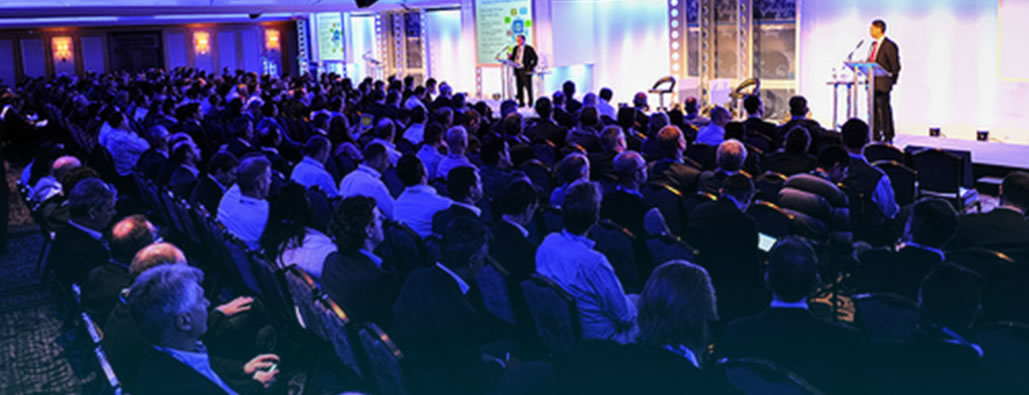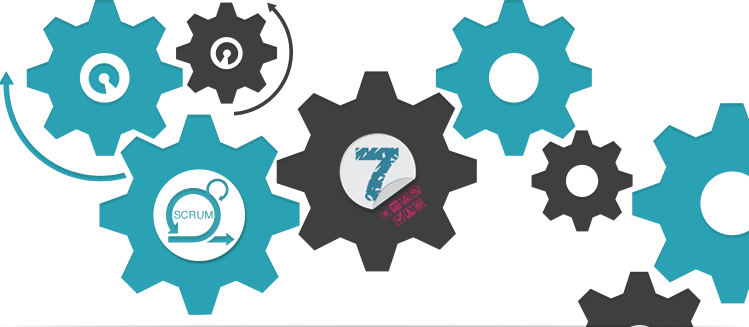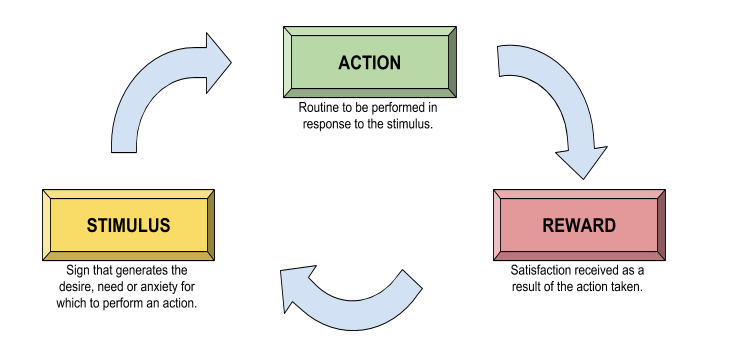By Juan Santiago, CEO & Co-Founder of Santex

Gartner Symposium/ITxpo is the world’s most important gathering of CIOs and senior IT executives. Attendees gain unbiased and insightful perspective on what the future holds for the industry. This year, Santex’s CEO Juan Santiago traveled to Orlando, Florida to attend the Symposium in October. Here’s a peek at what he learned, and what trends we can expect for the IT industry in the near future.
What were the key takeaways of the Symposium?
Data is King!
Organizations that learn to maximize the value chain of their ecosystems are the future.
Digital Platform + Leadership + Business Contribution = Your Biz Ecosystem.
The market is Customer-Value-Centric.
Customers who get value, and feel valued, will advocate for your business. Ninety-six percent of satisfied customers said they would be willing to participate in reference and/or advocacy activities. You can do this by:
- Creating communities, user groups, and advocacy programs for customers.
- Embracing a wide range of advocacy activities to let customers help you in ways that work not just for you, but for them.
Strategic marketing, sales, and practice leaders must tell their story within the customer’s context. This suggests aligning messaging to desired business outcomes and related roles of their buyers both in IT and business.
Context, in this case, means explaining value in terms of vertical markets and business imperatives that could be externally or internally facing (e.g., digital supply chain optimization vs. collaborative engineering).
What are the most important trends in the IT world that were discussed at the Symposium?
Product Innovation
Most CEOs are using innovation projects and leveraging digital business to drive growth through better engagement with customers. Investment is being driven toward sales and customer-facing roles instead of toward new product development or cost-saving measures.
Cloud Strategies
Strategic planners need to identify and address the opportunities and risks associated with the shift in IT spending due to the adoption of cloud computing. Providers must ensure they are the beneficiaries of cloud shift in order to minimize legacy revenue erosion and maximize cloud revenue growth.
Go-to-Market Secret Success
Technology buying teams, in both mid-size and larger enterprises, work on multiple categories of purchases at the same time. To improve marketing and sales effectiveness, CIOs must develop a deep understanding of accounts to ensure that their offerings stay high on the enterprise’s diverse list of priorities.
These are the key trends I see in the market today.
Strategic Trends
- Disappearing Data Centers
- Interconnect Fabrics
- Containers and Applications Steams
Tactical Trends
- Business Driven IT
- DCaaS – IT Delivers Services, NOT Infrastructure
- Stranded Capacity
- IoT
Organizational Trends
- Remote Device (Thing) Management
- Micro and Edge Computing Environments
- New Roles in IT
How does Latin America fit in the market?
Huge opportunities.
With globalization progressing as it has today, many Latin American countries have fallen off the wagon due to their political and economic challenges. That is rapidly changing and, as technology paves the road, there will be lower costs, as well as easier product and services adoption. Markets will become less regulated, and more investments and more reliable infrastructure will set the perfect stage for more countries to jump back on the trends and take advantage of them.
At the same time, many Latin American countries, such as Argentina, are extremely well-positioned to provide the necessary talented workforce when it comes to IT development, due to its higher level of education, cultural fit, and competitive cost to countries, like the United States, where IT talent is scarce. It’s a known issue and companies see this as one of their primary roadblocks to scalability.
So, I guess it’s fair to say that Latin America, for the first time in many years, has it both ways.
What are the new challenges that CIOs have to face in the industry?
- Overcome the fear of change and how that will ultimately affect their organization
- Access to talent
- Leaner processes
CIOs know they need to see these new trends deployed within their organizations or they could potentially be out of business. The question is how to go about it.
Many of them have their strategy in place and are eager to implement some of these changes. Yet they are faced with lots of red-tape, internal politics, cultural resistance, and the right leadership in their key people whom they rely on for a successful outcome.
How can you apply what you’ve learned to Santex?
I see that we are moving in the right direction.
A few years ago, we embarked on a path of disruption and innovation, both internally and externally. We set out to become a composable enterprise, and we did it!
Today, I see that the foundation can propel Santex to face all these new challenges, stronger than ever before.
The long term vision and organizational changes that we have faced in the past two years will prove invaluable to the company in the years to come.
Despite our relatively modest size as a company, I’ve learned we are at the cutting edge of many of these trends. We are to continued the path we have chosen and expand upon it.





